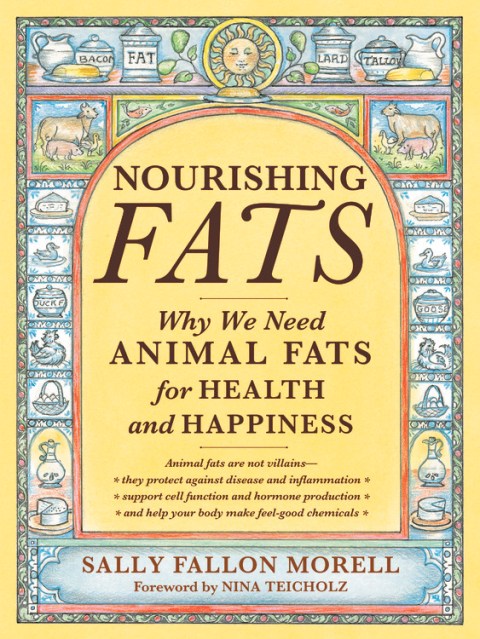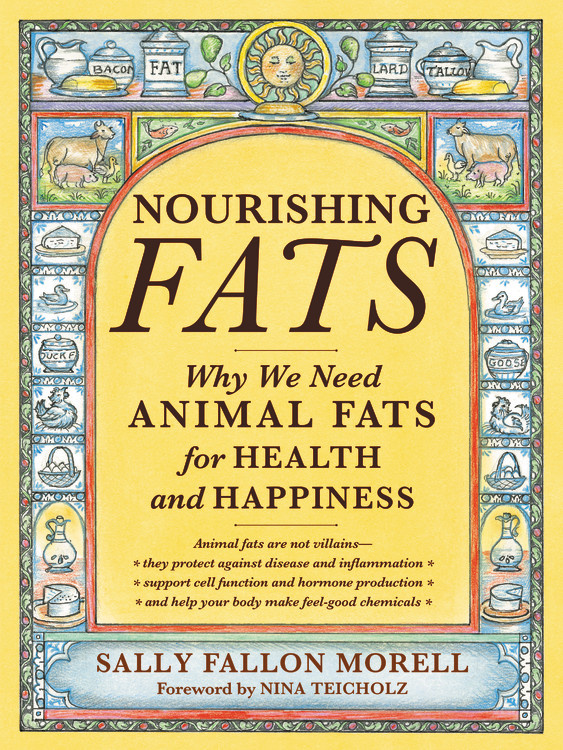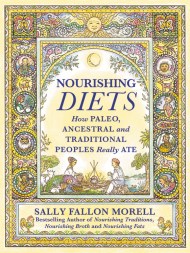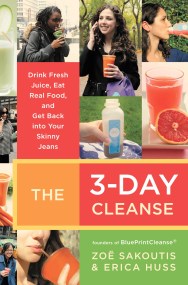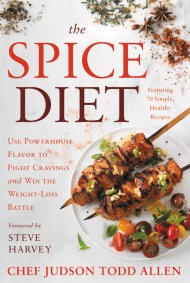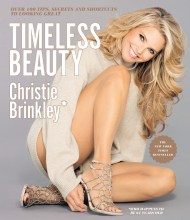Promotion
Use code MOM24 for 20% off site wide + free shipping over $45
Nourishing Fats
Why We Need Animal Fats for Health and Happiness
Contributors
Formats and Prices
Price
$24.99Price
$30.99 CADFormat
Format:
- Trade Paperback $24.99 $30.99 CAD
- ebook $13.99 $16.99 CAD
This item is a preorder. Your payment method will be charged immediately, and the product is expected to ship on or around January 31, 2017. This date is subject to change due to shipping delays beyond our control.
Also available from:
Bestselling author Sally Fallon Morell predicted the rise of bone broth, an old-fashioned remedy turned modern health craze, in her hit Nourishing Broth. Now, Sally explains the origins of, and science behind, the next movement in the wellness world–healthy fats.
In the style of her beloved cult classics Nourishing Traditions and Nourishing Broth, Nourishing Fats supports and expands upon the growing scientific consensus that a diet rich in good fats is the key to optimum health, and the basis of a sustainable, long-term diet. Sally has been giving the clarion call for these facts for many years and now the American public is finally is catching up.
In Nourishing Fats Sally shows readers why animal fats are vital for fighting infertility, depression, and chronic disease, and offers easy solutions for adding these essential fats back into readers’ diets. Get excited about adding egg yolks and butter back into your breakfast, because fat is here to stay!
In the style of her beloved cult classics Nourishing Traditions and Nourishing Broth, Nourishing Fats supports and expands upon the growing scientific consensus that a diet rich in good fats is the key to optimum health, and the basis of a sustainable, long-term diet. Sally has been giving the clarion call for these facts for many years and now the American public is finally is catching up.
In Nourishing Fats Sally shows readers why animal fats are vital for fighting infertility, depression, and chronic disease, and offers easy solutions for adding these essential fats back into readers’ diets. Get excited about adding egg yolks and butter back into your breakfast, because fat is here to stay!
Genre:
- On Sale
- Jan 31, 2017
- Page Count
- 272 pages
- Publisher
- Grand Central Life & Style
- ISBN-13
- 9781455592555
Newsletter Signup
By clicking ‘Sign Up,’ I acknowledge that I have read and agree to Hachette Book Group’s Privacy Policy and Terms of Use
